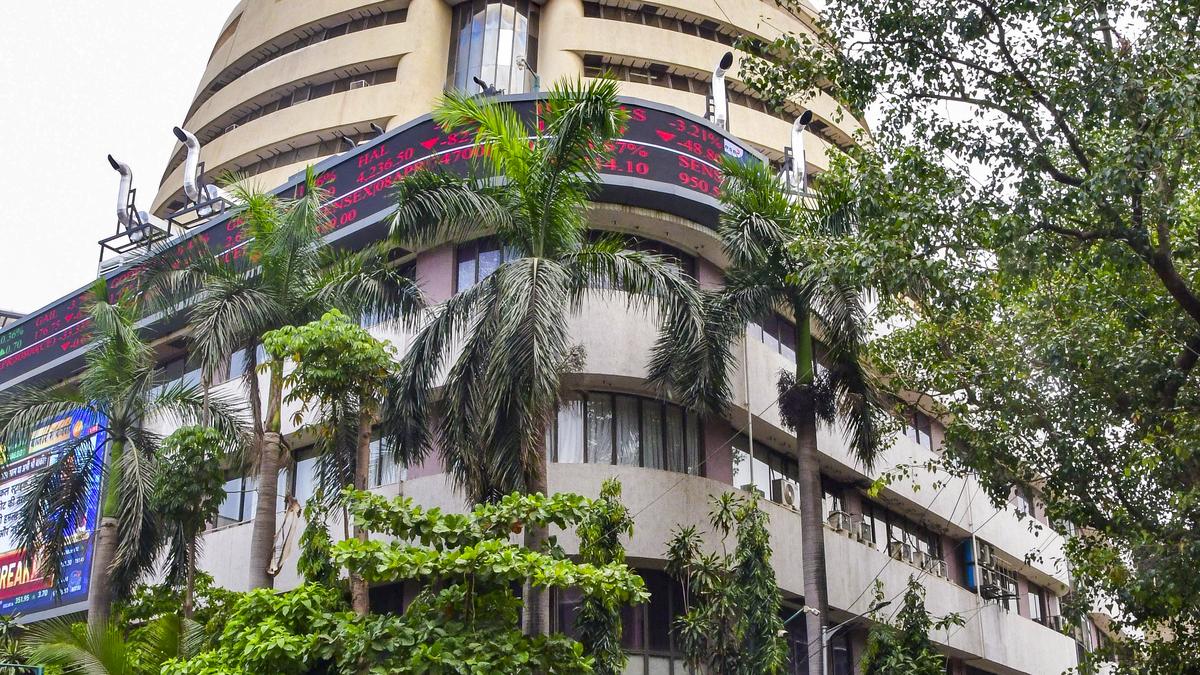On September 22, India will simplify its GST rates into two main slabs, 5% and 18%, with a special 40% bracket for “sinful” and ultra-luxury goods. Many everyday foods get cheaper. For example, pizza bread will drop from 5% to zero and a long list of sugar-based products, including sugar-boiled confectionery, chocolates, jams, and fruit jellies, will move from12-18% to 5%. Aerated and other sugar-based drinks, by contrast, will move to 40%.
While policymakers have framed GST 2.0 as being more rational, a public health lens suggests affordability gains could bypass the goal of healthier consumption. For example, pizza bread can be made of whole wheat flour, refined flour (maida) or sourdough. Sourdough bread should be more affordable because it’s healthier, yet maida will also be more accessible now even though it’s unhealthy. Similarly, slashing GST on confectionery pulls in products that are nutritionally the opposite of what India’s non-communicable disease (NCD) strategy needs.
In this context, India’s lacklustre food regulation apparatus assumes greater significance. Without trustworthy food labelling, blanket affordability gains can actually tilt demand in favour of unhealthy products.
The 40% bracket for aerated and sugar-based beverages is a public health win. Modelling and real-world studies have found similar taxes have reduced consumption in Asia and Africa by 2.5-19% and nudge reformulation, especially when accompanied by labels and advertising restrictions.
However, the GST revamp also moves a bevy of sugar-based calorically dense and nutritionally poor foods to the 5% bracket. Price cuts without warning labels expand access but do not help shoppers tell healthy and unhealthy foods apart.
Stagnant food labelling rules
India’s front-of-pack labelling (FOPL) debate has been stalled since a 2022 draft. In July this year, the Supreme Court gave the Food Safety and Standards Authority of India (FSSAI) three months to finalise recommendations and indicated a preference for warning labels over health star ratings. In August, the regulator convened a national meeting on labelling. A public health consensus published earlier this month also called for warning labels, the use of WHO-SEARO or ICMR-NIN thresholds, and a science-led process insulated from industry capture.
These thresholds are cut-offs that determine which products must carry a warning label and thus prevent noisy over-labelling. To this end, India needs thresholds that are category-specific, per-quantity, and sugar-sensitive. A 10 g/100 g sugar limit means different things in beverages (which are consumed in larger volumes) versus solid snacks. WHO-SEARO’s Nutrient Profile Model (NPM) addresses this by applying category-based limits for total/added sugars, sodium, fats and saturated fats, and flags any non-nutritive sweetener use.
Per-quantity is required to avoid “per serving” warnings, which allow manufacturers to shrink serving sizes to evade warning thresholds. Per-100 g or -100 ml is more comparable on the shelf and the global FOPL norm. Finally, warnings should be tied to added sugars so that fruit-only products aren’t penalised, and to total sugar where reformulation is common. Products using non-nutritive sweeteners to reach sugar thresholds should still carry warnings to keep manufacturers from pivoting from sugar to sweeteners in children’s products.
Health and pricing policy
If India adopts a mandatory “high in” warnings system with robust thresholds, GST can also be differentially applied to compliant and noncompliant products. This way, labels can serve as an enforceable bridge between health policy and pricing policy. Products breaching any “high in” threshold — sugar, sodium or saturated fats — shouldn’t enjoy the 5% rate even if they are staples in marketing terms. This could avoid the current mismatch between penalising sugary beverages while discounting sugary foods.
Likewise, if beverages become more expensive but confectionery becomes cheaper, consumers, especially adolescents, may substitute one sugar source for another. A threshold-linked structure can close that gap.
Role of advertisements
Food advertising also plays an important role in connecting tax cuts with changing consumer behaviour. Since 2020, FSSAI regulations have banned ads or the sale of HFSS (high in fat, sugar, salt) foods within 50m of schools. The 2022 guidelines of the Central Consumer Protection Authority restrict misleading ads and impose due diligence on endorsers. The ASCI Code, which was updated in July, also applies content rules and disclosure norms across media platforms.
Yet India still lacks a comprehensive HFSS advertising regime with time-of-day and platform-wide restrictions and automatic linkages to FOPL. In Chile, for example, anything bearing a “high in” sign can’t be advertised to children on TV or online during specific hours. Evidence suggests that child-directed as well as time-based restrictions are more effective than narrow, programme-based limits. India should move in that direction and make ad restrictions across TV, print, and social media contingent on FOPL status.
GST 2.0 won’t improve Indians’ health by itself. Instead, the country needs mandatory FOPL warnings with category-specific, per-quantity thresholds aligned to the WHO-SEARO NPM and ICMR-NIN 2024 guidelines. Second, the GST treatment should be contingent on FOPL status: “high in” products should be taxed 18% or more while compliant products should be taxed 5% or less. Third, the rate cuts shouldn’t discount confectionery and desserts while also hiking drinks. Instead, all products crossing “high in” thresholds should face higher tax and ad limits.
Fourth, the advertising rules should go beyond school-based thinking. If a product carries any “high in” warning, it can’t be advertised to children, can’t be advertised during peak child-viewing hours, and should have restricted placement options on media platforms. Finally, the government should redirect sin-tax revenues to NCD prevention, labelling enforcement, and monitoring reformulation practices.
Robust warning labels and GST rates rationalised along public health lines will help consumers make better dietary choices at a time when the government is expanding access to many foods. Otherwise, GST 2.0 may end up adding to India’s burgeoning NCD burden.
Published – September 09, 2025 01:38 am IST







